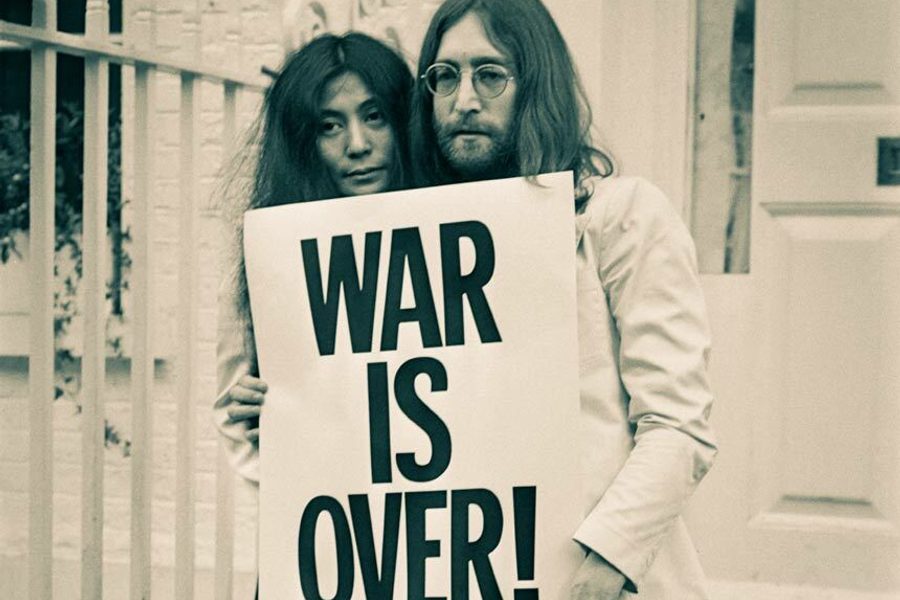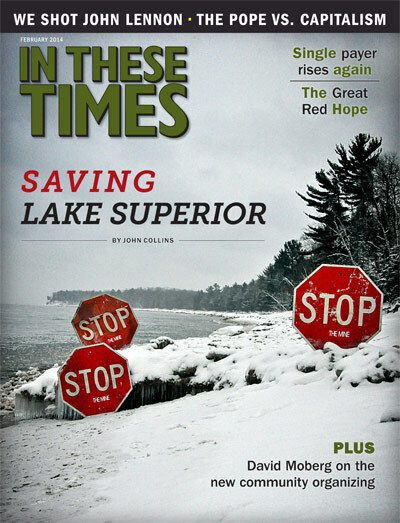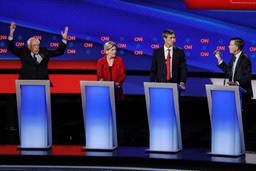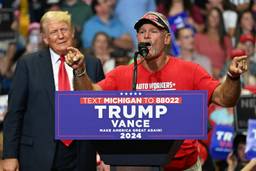
Fifty years ago this month, on Feb. 7, 1964, the Beatles stepped off a Pan Am jet at Kennedy airport to thousands of screaming fans and some 200 reporters and photographers. Two days later, they performed on The Ed Sullivan Show as an estimated 73 million viewers — 38 percent of America’s population — watched and tried to hear the music over the deafening screams of the 1,200 fans in the studio audience. The Beatles’ “conquest” of the United States had begun.
Sexist dismissals of “Beatlemania” were instantaneous. As David Dempsey, writing for the New York Times Magazine, put it, “The Beatles … resemble in manner the witch doctors who put their spell on hundreds of shuffling and stamping natives … the female members of this cult go berserk.” But this derision of baby boom girls as crazed hysterics completely missed what the Beatles meant to us. The Beatles arrived in the United States a mere 11 weeks after President Kennedy was killed, when many grief-stricken young people felt that optimism itself had been gunned down in Dealey Plaza. And then here were these irreverent, charismatic young men bantering with reporters: witty, just like JFK, making fun of convention and authority, and performing on stage with utterly contagious joy. They were optimism reborn. On top of this, in their lyrics, their clothes, their hair, their heeled boots, the Beatles fused masculine and feminine styles and sensibilities, suggesting that gender roles might not have to be quite so rigid. Because they were clean-cut (in their Edwardian suits and ties), yet sexy, and British to boot, they gave permission to girls to unleash their sublimated sexual energies at a time when a sexual double standard and condemnatory attitudes toward female agency still held sway. This finessing of gender roles, this empowering address to young women, all, however improbably, fed into the incipient energy of the women’s movement. For all this, of course, we screamed in gratitude.
Yes, America loved the Beatles. But John Lennon, despite his great spirit, was no match for the subterranean recesses of hatred and paranoia here. As we look back from the nostalgic vantage point of half a century, will this truth be swept aside in mediated memories of Beatlemania? Will the sunny-side celebrations of the “mop tops” and the ridicule of swooning female fans eclipse the darker pathologies that Lennon, especially, triggered — religious fanaticism, government paranoia and gun violence?
Religious fanaticism was the first American pathology the Beatles tripped over. In 1966, just before the band’s summer tour, the teen magazine Datebook published a quote John Lennon had made in the British press: “We’re more popular than Jesus now.” The comment had evoked no controversy in the U.K., but in the U.S. Bible Belt, the denunciations were virulent: The KKK sponsored record burnings (and nailed one album to a cross), radio stations banned Beatles songs, religious extremists held demonstrations outside their concerts, and the band received death threats. After this miserable experience, the Beatles stopped touring altogether.
Then when John Lennon moved to New York City with Yoko Ono in 1971, he confronted pathology number two: government paranoia about dissidents. His anti-war stance and progressive politics prompted the FBI and the Nixon administration to spy on him and seek to silence him. Nixon was especially keen to have him deported, as he felt Lennon’s activism might cost him the 1972 election. After a protracted battle, the deportation order was overturned in 1975.
And the final pathology: gun violence, with, as we all know, John Lennon murdered on Dec. 8, 1980, by a mentally unstable person with a handgun.
The demons that John Lennon fell victim to haunt us still. We see them in the religious Right’s ongoing grip on public policy, the NSA scandal and the dispiriting fact that, since the horrific shootings at Sandy Hook, most new gun laws have loosened rather than tightened restrictions. These demons still very much need to be exorcised — yeah, yeah, yeah.
Susan J. Douglas is a professor of communications at the University of Michigan and a senior editor at In These Times. She is the author of In Our Prime: How Older Women Are Reinventing the Road Ahead.









